

King Charles I of England out Hunting, Sir Anthony van Dyck, c.1635
Charles’s refusal to engage with Parliament, as well as his High Church sympathies, resulted in tensions that erupted into the English Civil War in 1642.

Battle of Marston Moor, John Barker, 1644
The New Model Army, in alliance with the Scots, destroyed the King’s army at the battle of Marston Moor, Yorkshire in 1644. Charles lost control of northern England in a day.
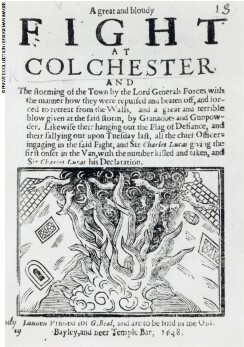
Through secret dealings with his allies, Charles I brought about the Second Civil War in 1648. It was put down with ruthless efficiency by the Parliamentarians; during the Siege of Colchester the Royalist Army were forced to retreat behind the city wall.

John Bradshaw was known by his colleagues for scrupulous honesty. He was made Lord President of the High Court of Justice, formed to try the King.

Charles I before his judges. He is seated in the centre, with his back towards us, facing the dozens of men trying him for his life. The King consistently refused to recognise the right of this assembly to sit in judgement of him.

An Eyewitness Representation of the Execution of King Charles I in 1649, John Weesop, c.1653
Charles faced his execution with poise and courage, leaving his followers with the myth that he had suffered with Christ-like dignity.

Charles II, John Michael Wright, c.1661–66
Charles II, soon after his Coronation. His life as an impoverished exile ended when the British people returned to kingship as their chosen form of rule. Th e hunt for his father’s killers continued throughout his 25-year reign.
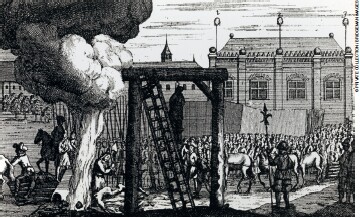
The bodies of three prominent regicides – Oliver Cromwell, his son-in-law Henry Ireton, and John Bradshaw – were exhumed so their bodies could suffer the punishment that they had escaped through death.
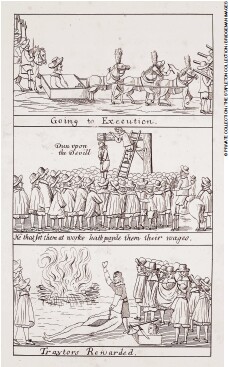
The first harvest of the regicides, in 1660, resulted in the hanging, drawing and quartering of ten men. The ghastliness of this form of execution was a spur to the others to run for their lives. Not all of them got away.

Lieutenant General Edmund Ludlow was greatly feared by Charles II, being a gifted soldier and effective politician. Ludlow fled to Switzerland, and was the target of Royalist kidnappers and assassins.

Major General Thomas Harrison was Charles I’s guard from prison at Hurst Castle to his trial in London. A much-hated religious zealot, Harrison was the first to be sentenced at the trial of the regicides.

Hugh Peters, pastor of Salem, Massachusetts, returned to England to breathe fire into the Parliamentary cause. His passionate sermons convinced many that a king could be put to death if guilty of tyranny.
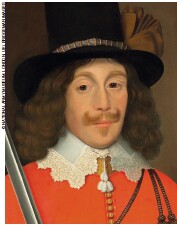
Colonel John Hutchinson timed his appeal for clemency perfectly, but the Royalists discovered incriminating documents that made them hell-bent on vengeance.
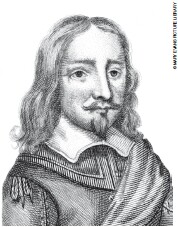
Colonel John Okey had commanded the New Model Army’s only regiment of dragoons. After the Restoration, Okey’s former chaplain Downing set about hunting Okey and his colleagues. Okey was captured in the Netherlands.
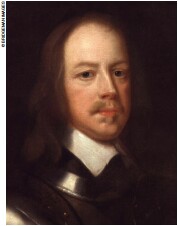
Colonel Adrian Scroope was fined just one year’s income for his part in the King’s death until a conversation was recalled in which Scroope showed no remorse for his actions. This sealed his fate.

William Goffe fled to America with his father-in-law, Edward Whalley, once the Restoration was inevitable. At first the major-generals were greeted in Massachusetts with respect, but were soon hunted for their lives.

Colonel Daniel Axtell roused Parliamentary troops to shout for ‘Justice!’ in the trial against the king. His later presence on the scaffold was, he said, just a case of a soldier obeying orders.

William Goffe has entered mythology as ‘the Angel of Hadley’ – the deliverer of the colonial outpost Hadley from an attack by Native Americans in 1675. He is depicted directing the defence that saved the women and children from massacre.

Judges Cave, West Rock, New Haven, George Henry Durrie, 1856
Judges Cave in New Haven, Connecticut, is one of the supposed hiding places of Goffe and Whalley. The two fugitives believed this to be a safe refuge until it was discovered by a Native American hunting party, forcing them to flee.